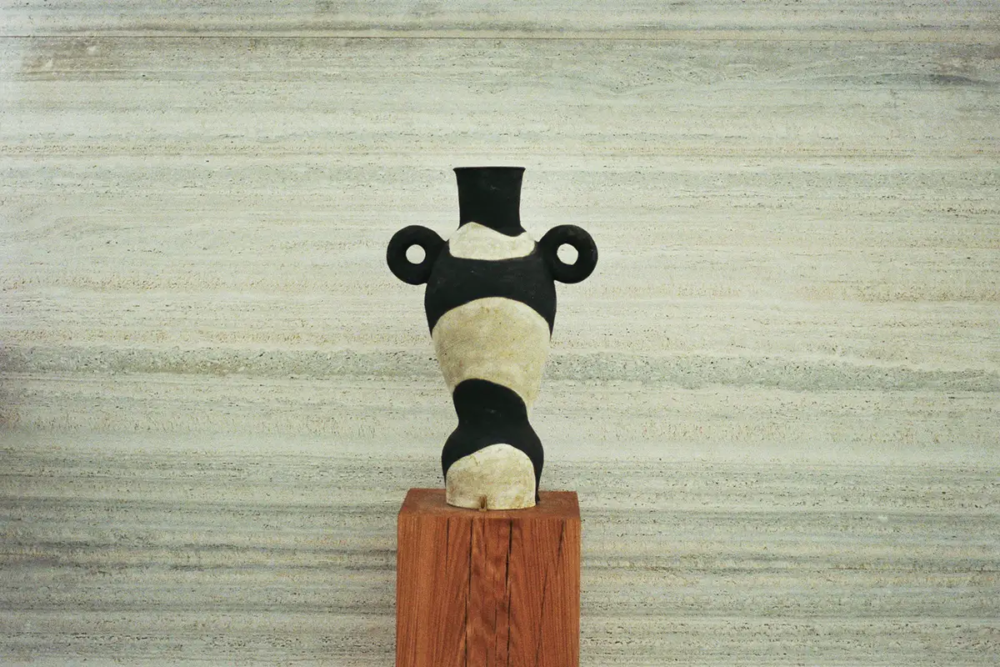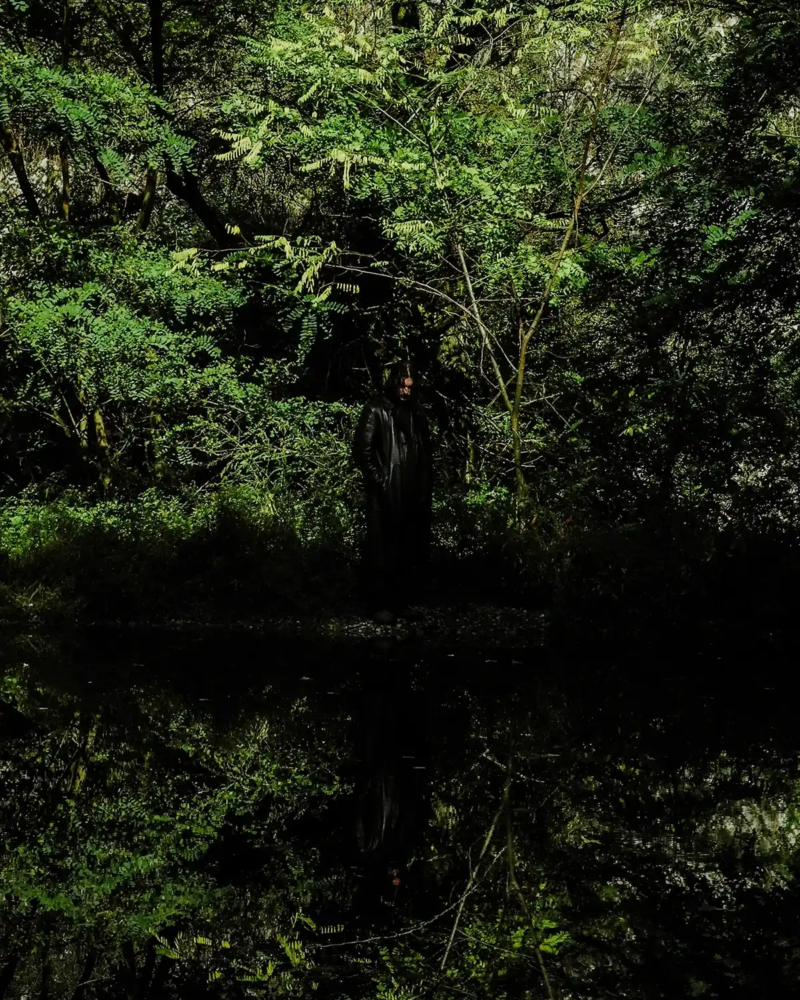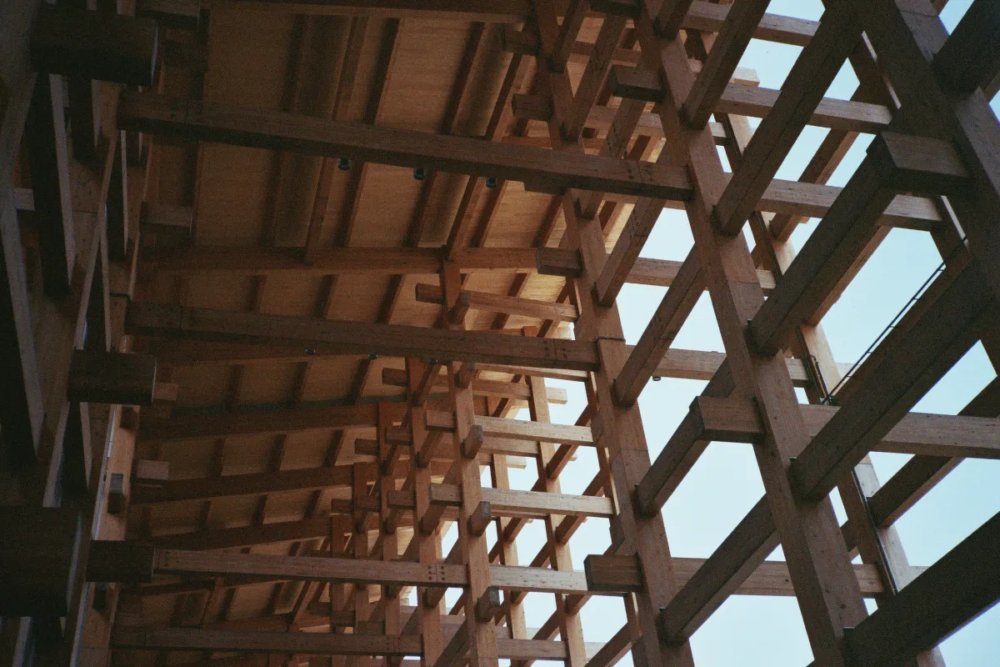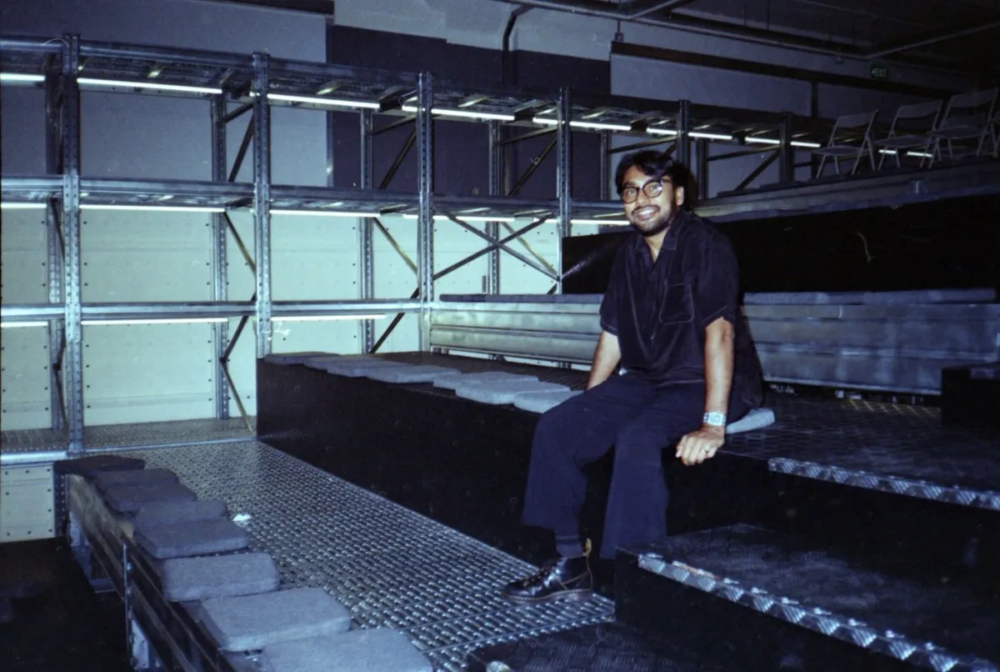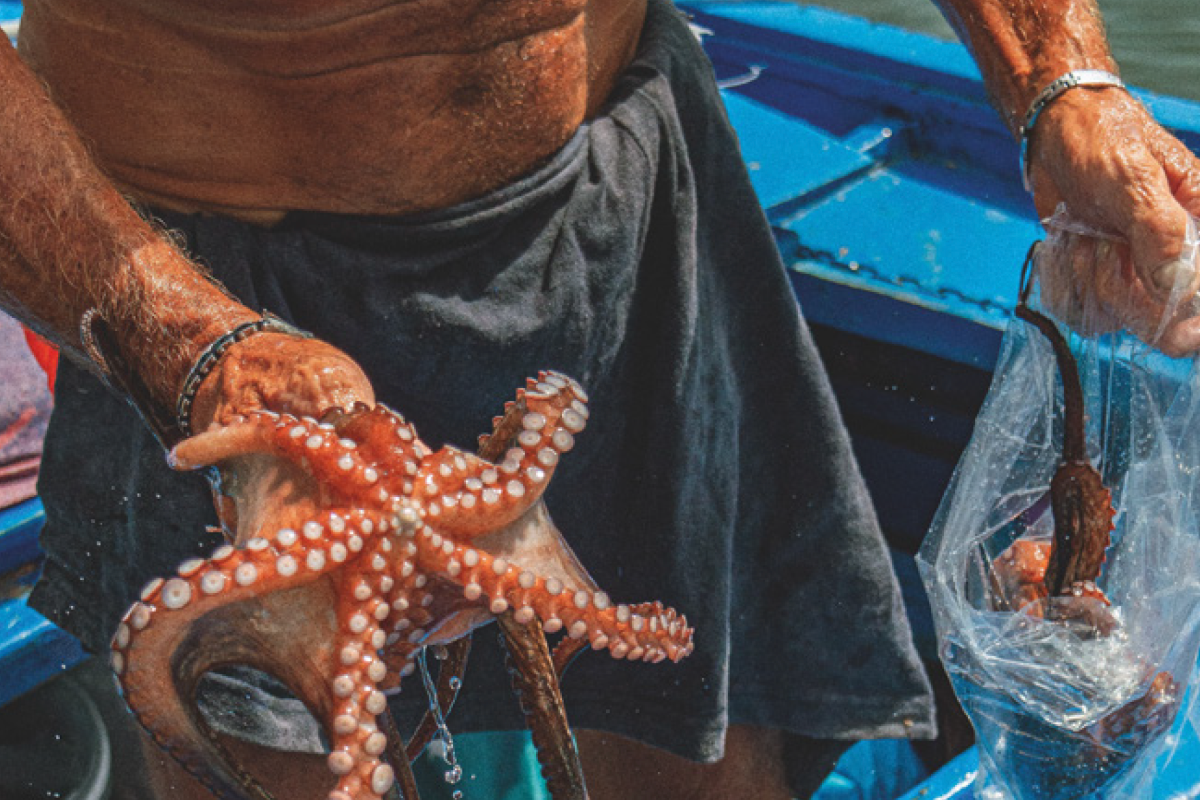
Napoli Amore by Assouline: A Book on Naples, Its Culture, Clashes, and Link to Time
Napoli Amore is a book by Assouline – author Cesare Cunaccia explores the soul of Naples: every layer of history grafts onto another, generating time-bending short circuits
Interview with Cesare Cunaccia, author of Napoli Amore for Assouline
Naples is a land of layered tales, conversations, and backgrounds. Past, present, and visions of the future flow together without following a strict order. “Naples is the only true metropolis idea in Italy,” says Cunaccia, who wrote Napoli Amore for Assouline. Presented on February 5 at the Museo Madre, Naples, the book is part of the Travel Series. It is not a guidebook or a nostalgic tribute, but a wide-ranging reflection on the city, its deep culture, its clashes, and its link to time.
A photographic and narrative tour of Naples’ places, rituals, and people
Having written other books for Assouline, Cunaccia decides on an approach that upends the usual photo tour. He leads us to places, rituals, and figures that put the city’s urban nature in focus. He takes an open style, mixing photos from different eras with stories and notes on customs and ways of cooperating. He gathers works by Herbert List, Mimmo Jodice, Luciano Romano, Ferdinando Scianna, Sam Gregg, Ciro Pipoli, Brett Lloyd, Roberto Salomone, Dario Borruto, and Antonio Monfreda. Each photographer offers views that show the city’s contrasts, maritime moods, religious symbols, local projects, and popular habits. In his text, Cunaccia describes what he calls a “complex framework,” built through meetings, layers, and urges that go beyond simple patterns.
Naples, a metropolis that has always been global
“Naples contains a thousand outside inputs. It has been a global city from the start, avant la lettre,” Cunaccia says. “In a good way, it has taken in everything, even foreign rulers, and then re-made them as its own.” Its nature cannot be narrowed to a single concept. It holds Hellenistic pasts, medieval legacies, Spanish viceroyal elements, Bourbon influences, and present-day modifications. This is a city of contrasts, where the surface energy meets an underworld filled with folk beliefs and traces of ancient eras.
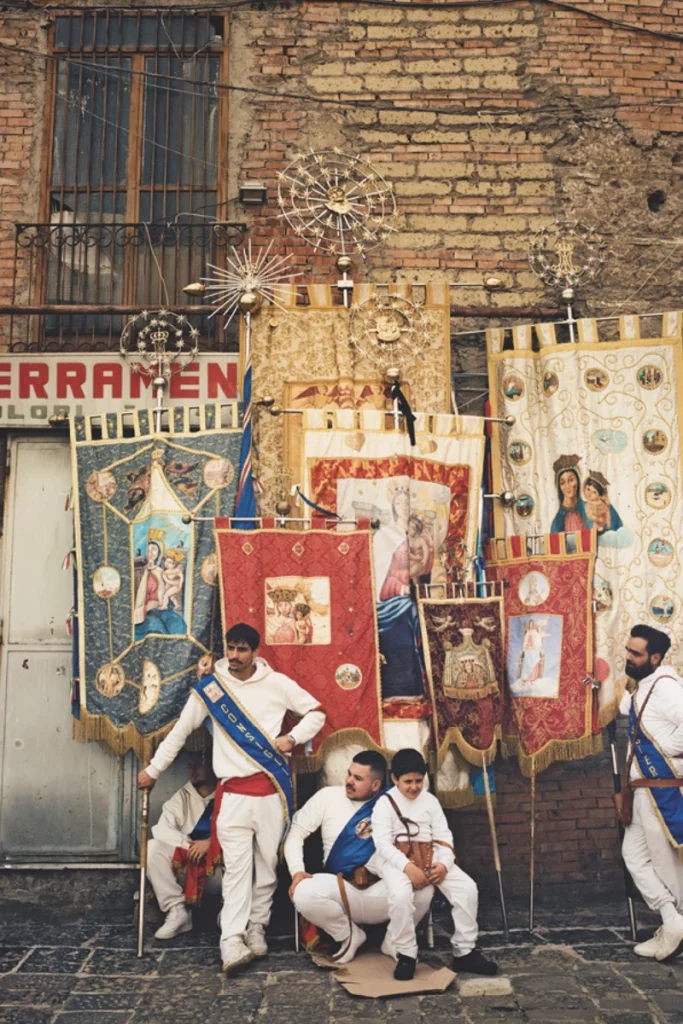
Beyond making Naples a cliché: shadows, contrasts, and folk beliefs
Sometimes, Naples falls victim to too much branding. This can trap it in stereotypes—good or bad. “Giuseppe Galasso said this overexposure, whether positive or negative, ends up damaging the real Naples. I want to talk about it beyond common myths, biases, and hype.”
“It’s full of light and dark, like any big city. It has two sides: in the open air, it’s full of lively sunlight, with rushing voices and bright scenes; yet underground, it hides giant caves, old aqueducts, catacombs, and cemeteries built after terrible plagues. There, anonymous skulls—the anime pezzentelle—get adopted and decorated with small gifts and paper flowers in a popular devotion that stands against time. It’s the realm of echoes and shadows, strange presences, and the moody Munaciello.”
A lasting mosaic: merging past, present, and future
In Napoli Amore, Cunaccia notes the constant shift between aboveground spaces and places below street level. He points to the influence of remote stories, monarchies, and different rules that left behind legacies mixing with local heritage. Naples, he says, became a permanent mosaic, always re-inventing itself. “It never stops changing; it’s never the same, not because it’s ‘exotic,’ but due to its stubborn way of clinging to ancient identities, its resilience, and its free-spirited yet forward-looking traits. It’s a startling lab for the future.”
Monuments and social works: Palazzo Donn’Anna and the Albergo dei Poveri
The book addresses monuments, social projects, local networks, and festivals. Cunaccia mentions Palazzo Donn’Anna, a 17th-century building by Cosimo Fanzago, which juts out over the water like a dramatic platform. He also talks about the Albergo dei Poveri, started by King Charles III and his wife Maria Amalia of Saxony, created to help the very poor. “Naples shows its greatness in these buildings from different ages. Like the 1600s Palazzo Donn’Anna in Posillipo, set above the water like a massive ship—designed by Fanzago, the master of Neapolitan Baroque. Or the vast Albergo dei Poveri, an ambitious project that, unlike others in Europe, did more than give shelter; it trained the poor in practical skills to free them from misery.”

Governing Naples? A nonstop challenge of private and public efforts
Newer architectural designs have also grown here, spurred by social ideas and creative cultures. Naples is shaped by joint forces of public and private attempts, going through spurts of activity and times of stillness. “No one has ever really governed Naples,” wrote historian Fernand Braudel. It is a city of very human people, for better or worse, producing ways to endure, often in spite of the loud absence of government. Naples relies on self-management: individuals, families, confraternities, and local groups fill the gaps, give aid, and develop shared solutions.
“The book is not a set of footnotes. It thrives on time shifts, reflecting that wild dance of rumba and tammurriata, that seismic fever in the city’s burning gazes. It’s a sweeping, layered exploration where far-off past, present, and future overlap, as in a gâteau millefeuille, where all is possible and each bit adds to a dizzying tapestry.”
Rione Sanità and the Anticaglia: an archaeological city and a living urban fabric
Cunaccia leads us through central areas and outlying districts of Naples. A key example is the Anticaglia, where parts of a Roman theater come to light. He points to 18th-century staircases by Ferdinando Sanfelice—ingenious designs in the Rione Sanità. He also cites places like Palazzo Serra di Cassano, Palazzo Spinelli ai Tribunali, and Palazzo Ruffo della Scaletta, where architecture acts as a stage for noble floors, courtyards, and everyday courtyards.
“Naples is living archaeology: the vasci at Anticaglia rise around the theater where Nero performed, whose stage is still there. The visionary steps by Sanfelice, which defy gravity in Rione Sanità. The fading Palazzo dello Spagnuolo, the round staircase of Palazzo Spinelli ai Tribunali, and the theatrical courtyard of Palazzo Serra di Cassano. On September 3, 1960, it hosted the lavish Ballo dei Re, the last flare of a fading nobility already turning into café society.”
The Pio Monte della Misericordia and a Caravaggio that has amazed for centuries
The book includes moments where collective memory meets modern narratives. The Pio Monte della Misericordia has served a charity mission for centuries. Inside stands one of Caravaggio’s most cinematic works, loved by both Pasolini and Derek Jarman: The Seven Works of Mercy. “The Pio Monte was founded by a group of young noblemen, the best of their generation, to help those in need. It still works under noble families, running a large estate to fund its aid programs.
I owe much to the friends who backed me during this project and for the book launch: Esmeralda Ricci and her daughter Angelica, Angela Caporella De Rosa, Alessandra Calise Martuscelli, Maria Giovanna Pisani Massamormile, and soprano Carolina López Moreno. Naples is shaped by people forming virtuous networks, launching new ideas and futures. This also shows the uniqueness of a place that churns every timeline and fires up never-ending inspiration.”

The Chapel of the Treasure of San Gennaro: art, devotion, and local tradition
The book also recalls episodes where shared memory and modern life blend. For centuries, the Pio Monte della Misericordia has carried on its outreach, and inside one finds Caravaggio’s The Seven Works of Mercy, adored by Pasolini. “Founded by young nobles, the Pio Monte started as a way to aid the poorest. It’s still led by historic families. Its spirit is shown in The Seven Works of Mercy, probably Caravaggio’s most film-like painting, which thrilled Pasolini and Derek Jarman. It sparkles in the octagonal chapel.”
The Chapel of the Treasure of San Gennaro holds artworks by great masters and stages the famous blood liquefaction rite, deeply rooted in local belief. In Napoli Amore, Cunaccia underlines the shared obligation linking Neapolitans to their saint, through the Deputazione di San Gennaro.
“In the Chapel of San Gennaro’s Treasure, the blood warms and liquefies like lava, among silver sculptures and masterpieces by Domenichino, Lanfranco, and Ribera. It is full of gems, jewelry, and vestments given over centuries by monarchs and ordinary people. The entire treasure belongs to the people of Naples and is managed by the ancient Deputazione del Santo.”
Urban renewal and culture in Rione Sanità
The book ties major landmarks with everyday practices, focusing on neighborhood revivals in formerly neglected areas. Cunaccia delves into Rione Sanità, where artists like Christian Leperino have converted an abandoned church into a youth center. “He works in his studio, which is based in the baroque Misericordiella church, saved from total ruin and returned to the community as a cultural spot for local kids.”
Among these success stories is that of Ciro Oliva, a young pizza maker who turned the family pizzeria into a reference point, gathering staff and neighbors for a project that goes beyond food.
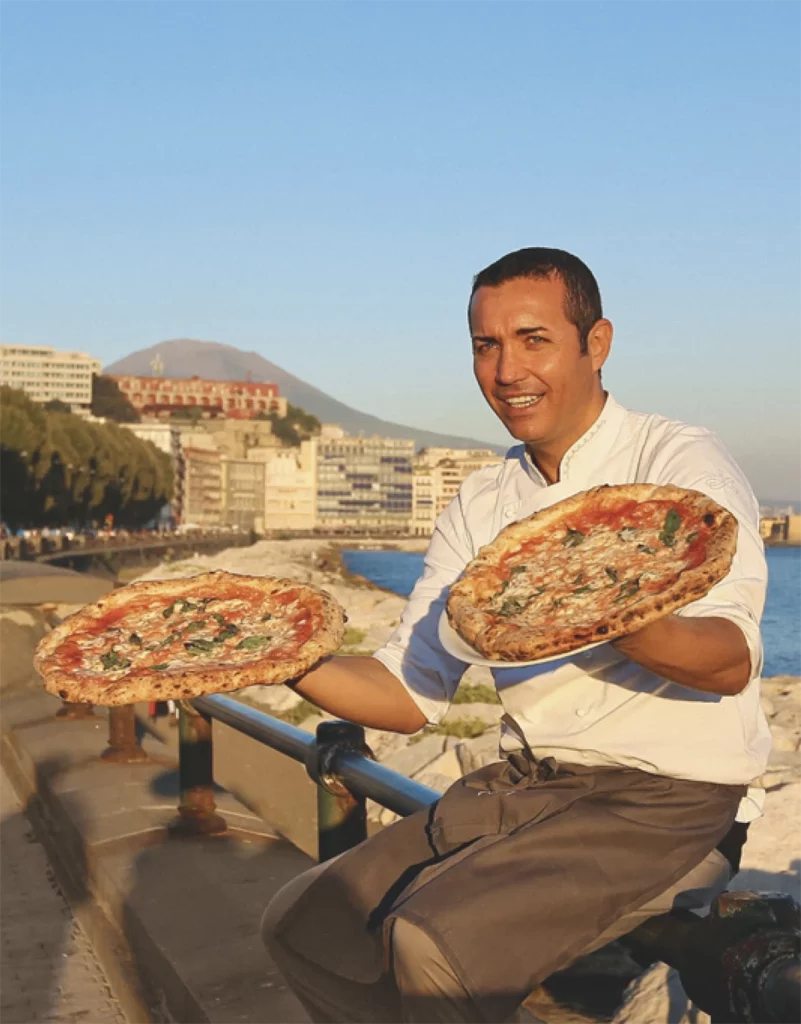
The Ipogeo dei Cristallini and Atelier Inès: the creative spark of underground Naples
“Alessandra Calise Martuscelli left Milan to come back to Naples. She restored one of her husband’s old family properties, returning to the city a forgotten treasure: the Ipogeo dei Cristallini, the most significant Hellenistic tomb complex beyond Greece, still showing its original colors. A Medusa gazes at you from the shadows—it brings you peace more than it terrifies. In the era of Alexander the Great, a road ran here. In the next tomb sits a bronze macramé egg by artist Allegra Hicks, who, two years ago in the adjacent crypt of the Misericordiella, created a prophetic installation titled Ti porterò nel Sangue (‘I Will Carry You in My Blood’).”
Also in the Rione Sanità, at 138 Via Cristallini, is Atelier Inès Arts & Suites, run by Inès Sellami and Vincenzo Oste. Until 1930, this space was an open-air cinema and theater; now, it’s a distinctive site that combines hospitality and craftsmanship. It has become a neighborhood landmark, a living example of the creative energy here in Naples.
Presentation of Napoli Amore at the Madre: Cesare Cunaccia and contemporary Naples
Cunaccia’s story connects with the Madre, a center for contemporary art where, on February 5, 2025, he presented the book. The museum draws cultural operators, collectors, and artists from abroad, showing how Naples can relate to modern ideas and projects. “I’m thankful to Director Eva Fabbris and President Angela Tecce for their kindness. The Madre is a barometer of today’s Naples, a place full of culture professionals, gallerists, and collectors—including many foreigners—who chose to live and work here.”
Where is Naples headed? The evolving city-lab
In his final pages, Cunaccia asks how the city might move forward, avoiding firm formulas but suggesting possible paths: from highlighting its cultural treasures to rethinking common spaces. He hopes Naples can find the support it needs to unlock fresh prospects. “I dedicate this book to someone who is gone: the sinologist Annamaria Palermo. She led me to new cultural findings in magical places between Capri and Naples when I was still very young.”
Matteo Mammoli


